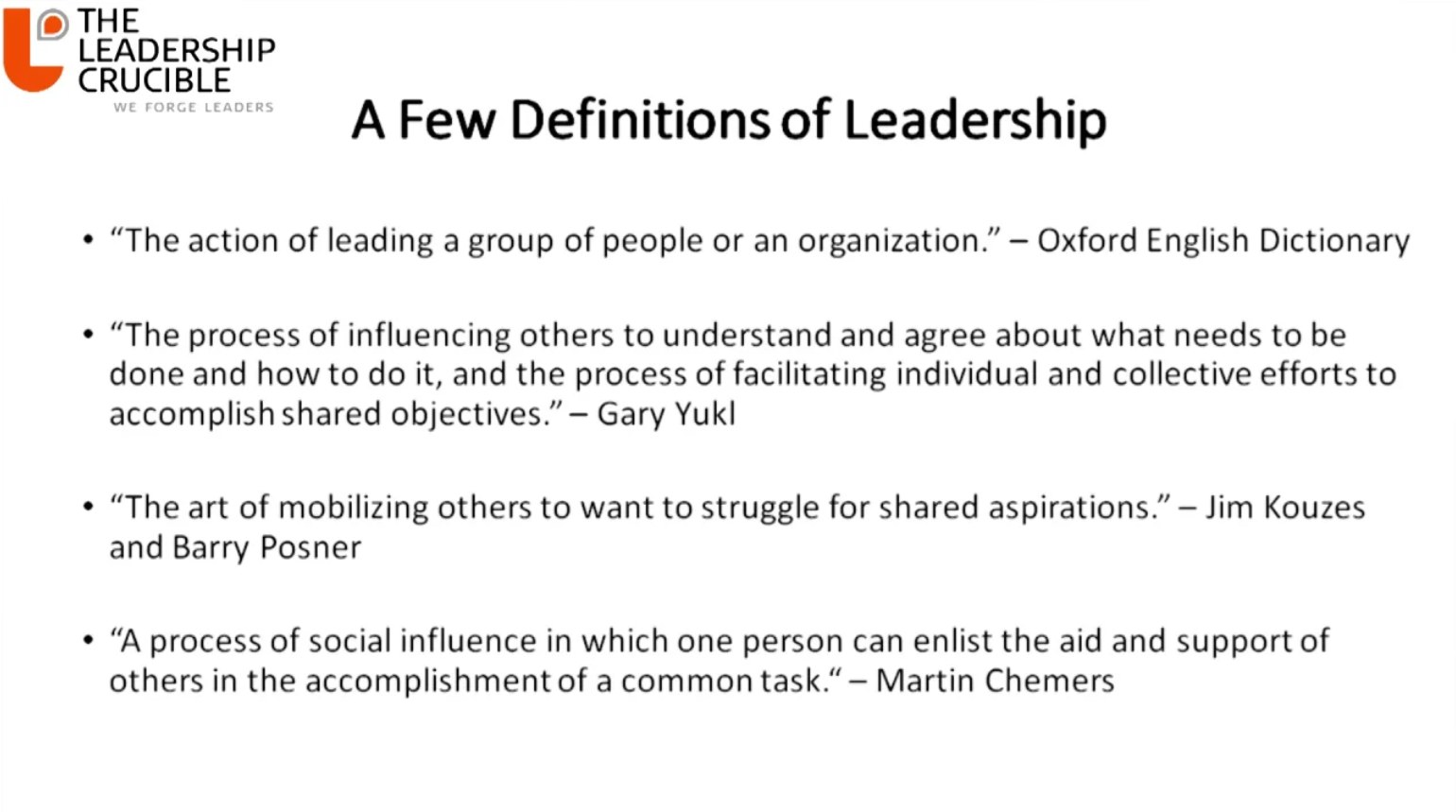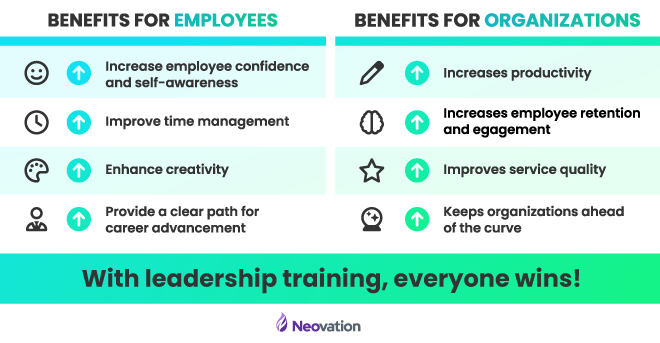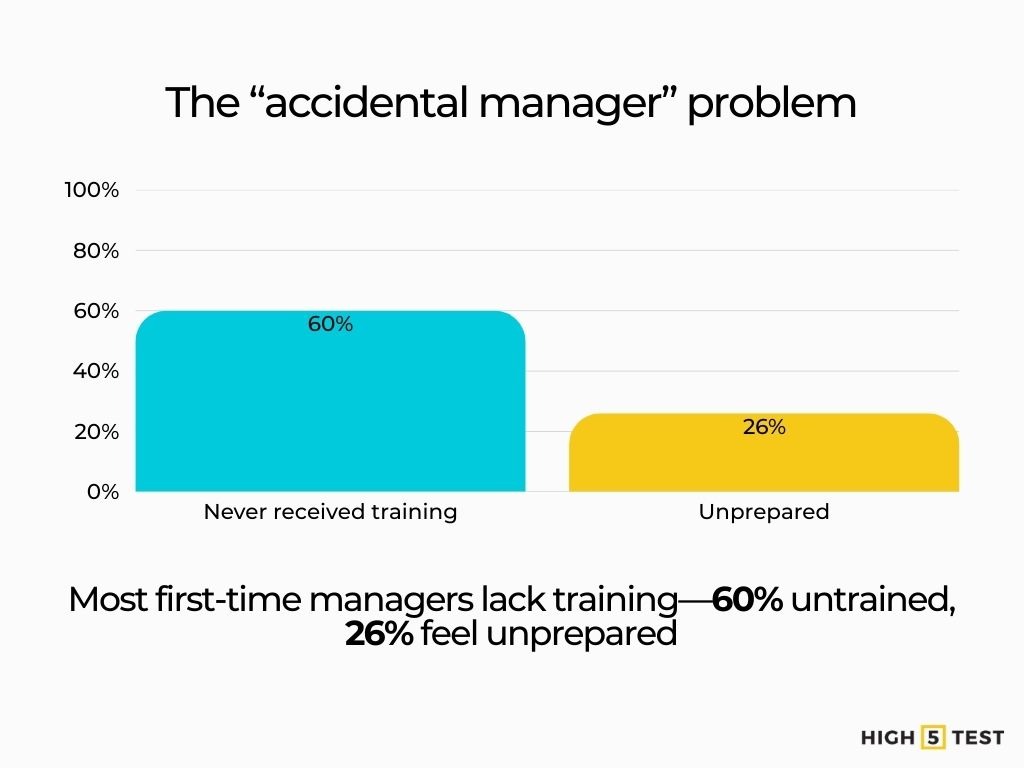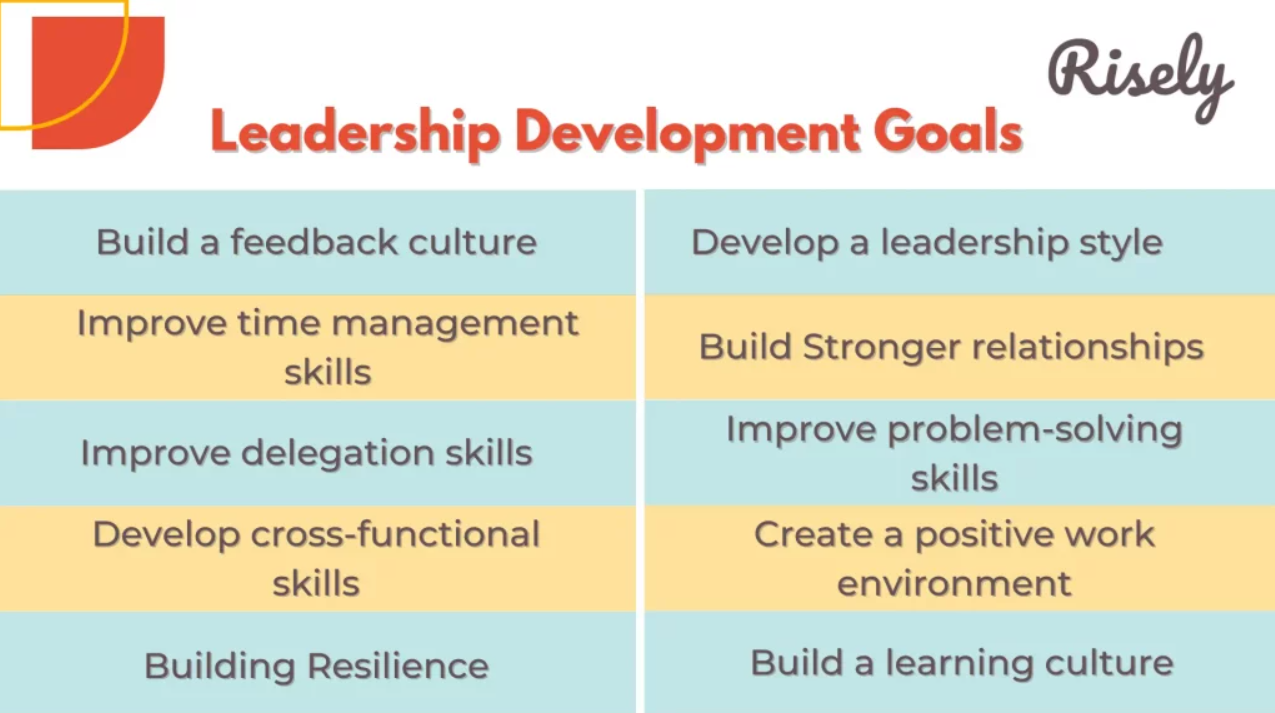Leadership Training for New Managers: How to Build a Program That Actually Works
Leadership training for new managers that actually works. Learn how to build a program that turns first-time leaders into top performers.
Leadership training for new managers that actually works. Learn how to build a program that turns first-time leaders into top performers.

Stepping into a leadership role for the first time is exciting. However, many new managers quickly feel the pressure of leading people, making decisions, and setting priorities without much guidance.
That’s where leadership training for new managers becomes essential. It helps build the core skills early leaders need, including clear communication, confident delegation, and the ability to navigate team dynamics as challenges arise.
In this guide, you’ll learn why this training matters and how to create a practical, effective program that supports managers from day one.

Leadership training for new managers provides first-time leaders with a clear path to guiding people, not just handling tasks. Think of it as a practical toolkit that builds confidence, emotional awareness, steady communication, smart decision-making, plus resilience during stressful moments.
Instead of relying on technical strength alone, new managers gain habits that help them influence, support, motivate, and develop others.
Modern leadership training blends short lessons, coaching sessions, real-world practice, plus guided feedback, giving fresh leaders structure without locking them into rigid learning routines.
Strong leadership guidance delivered early shapes how quickly new managers build trust, strengthen relationships, and set a positive tone for their teams.

Leadership training delivers more than skills. It supports healthy cultures, lowers turnover, boosts performance, and gives new managers a steady footing. Here’s a breakdown of the biggest reasons this training holds weight.
Teams often leave because of weak leadership, not workload. When communication stays unclear or guidance feels inconsistent, frustration climbs. Studies highlight that turnover linked to leadership problems drains huge sums from company budgets due to lost productivity, rehiring efforts, plus slower team output. Early training helps new managers build clarity, fairness, and confidence, lowering those costly risks.
Many new managers step into leadership because they excelled as employees, not because they learned how to lead. Without support, they slip into task-focused habits or struggle with conflict, feedback, or delegation. Training gives them a smoother transition, turning technical talent into genuine leadership strength rather than leaving them to figure everything out alone.

Poor leadership spreads quickly. Stress trickles down, confusion builds, morale drops, and performance lags. When early mistakes go unchecked, teams lose trust, turnover climbs, plus negative patterns become the norm. Leadership training interrupts this cycle by setting healthy expectations from day one.
Fresh leaders feel pressure to prove themselves fast. Early missteps can influence how upper leadership and team members view their credibility. Training equips new managers with a clear plan for communication, expectations, and early decisions so their first weeks reflect confidence rather than uncertainty.
New managers often struggle with the balance between soft skills (listening, empathy, communication) and hard skills (planning, prioritizing, problem-solving). Training helps them build both, lifting their confidence while strengthening their team’s trust in their leadership.

Leadership changes create tension. When new managers feel overwhelmed, that stress often spreads. Training teaches them how to stay grounded, motivate discouraged team members, and handle tough moments without letting pressure shape every decision. This stability keeps morale from dipping during transitions.

Creating a powerful leadership program helps new managers build the skills and habits they need from day one. Here’s how to create one from start to finish.
Before designing training, understand where managers need the most support and define clear learning goals.
How to do it:

Pro tip: Sharing goals early motivates managers and provides a clear roadmap for skill development.
Design training in digestible modules, moving from immediate skills to more advanced leadership topics.
Core modules:
Pro tip: Include optional bite-sized resources or microlearning videos for managers who want extra practice.

Use multiple approaches to reinforce concepts and build skills.
How to do it:

Focus on tools managers can use right away.
How to do it:

Pro tip: Tools like Coursebox AI can help create infographics, lesson outlines, scripts, and microlearning modules quickly, keeping training consistent and easy to scale.
Assessments should show whether managers can apply skills in practice.
How to do it:
Pro tip: Scenario-based practice reinforces skills faster than theoretical tests.
Regular feedback accelerates learning and habit-building.
How to do it:
Mentors guide learning and modeling behaviors, while pilots reveal gaps before a full rollout.
How to do it:
Pro tip: Treat the pilot as a learning experience to refine content and delivery.
A structured rollout keeps managers engaged and sets expectations.
How to do it:
Pro tip: Highlight early wins to build momentum and confidence.
Measure effectiveness, review results, and refine the program.
How to do it:
Pro tip: Focus on improvements that increase skill retention and real-world application.
Integrate skills into daily work, recognize progress, and expand the program across teams.
How to do it:
Pro tip: Regularly refresh content and celebrate milestones to keep training engaging and relevant.

Stepping into a leadership role doesn’t have to feel overwhelming. With the right training tools and guidance, creating a structured training program for new managers can be fast, effective, and even enjoyable.
Coursebox AI makes it simple to design, scale, and customize leadership programs in minutes, without starting from scratch or overwhelming your team. From interactive modules to scenario-based exercises, you can equip new managers with the skills they need to lead confidently.
Don’t wait to set your leaders up for success. Create your first leadership training program quickly and easily for free today, and watch your teams thrive.
New managers need training in delegation, communication, feedback, conflict resolution, emotional intelligence, and time management. They should also learn to evaluate performance, understand team dynamics, and make strategic decisions. Hands-on exercises, mentorship, and scenario-based learning help new leaders apply skills immediately, building confidence and fostering trust within their teams.
The 5 C's of leadership include:
Together, they help managers inspire trust, engage employees, and lead teams effectively while establishing a credible leadership style.
The 30-60-90 rule guides new managers in their first three months. The first 30 days focus on learning the team and observing processes. The next 30 days emphasize applying skills and leading small initiatives. By 90 days, managers take ownership of projects, make informed decisions, and align actions with organizational goals to accelerate performance.
The 4 P's of leadership include:
Balancing all four helps managers build cohesive, motivated teams, foster accountability, and achieve organizational goals while maintaining a positive and productive work environment.
The 70-20-10 rule states that 70% of learning comes from on-the-job experience, 20% from coaching and mentoring, and 10% from formal training. For new managers, this approach emphasizes practical application, supported by guidance and structured learning, ensuring skills are learned effectively and can be applied immediately in real workplace scenarios.
